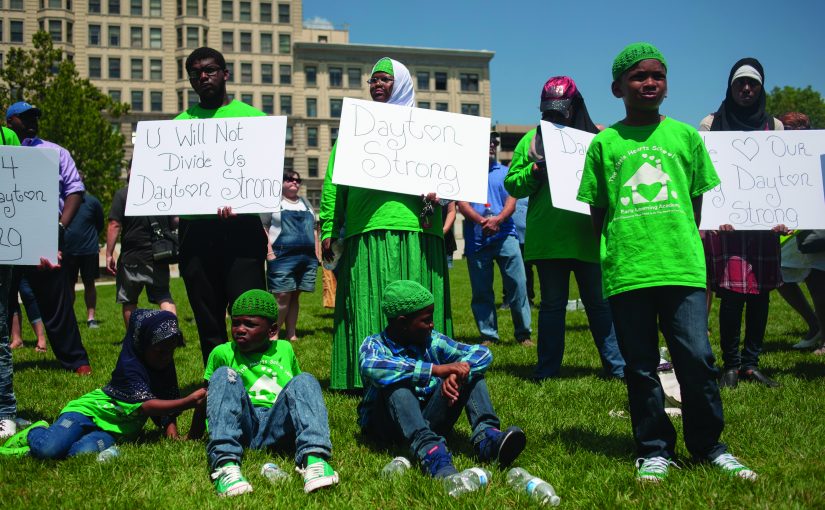The Psychological Toll of Mass Violence Response
The 2019 Oregon District Mass Shooting, Dayton, Ohio

“Science doesn’t have the corner on truth. The reality of the Oregon District Mass Shooting is that it was an absolute horror for everyone touched by it, and there is no sufficient narrative to explain its unending bearing on those who were harmed by this brutal, vile, and violent act. Only the compassionate presence of skilled professionals and loved ones can help heal the many wounded and likely over a very long time.”
— Dayton, Ohio, Police Chief (Ret.) Richard Biehl
The 2019 Oregon District Mass Shooting, Dayton, Ohio
It was five urgent alert calls from Dayton SWAT in the very early hours of August 4, 2019, that awakened me, out of town on active-duty military status, to abject horror. The words, “There are bodies all over the street. Nine dead. Get here now!” will reverberate in my brain for all my days to come. I immediately realized how drastically and permanently lives would be altered for the hordes of affected first responders, civilians, families of the deceased, the wounded, and the entire Dayton, Ohio, community at large. I knew full well the catastrophic impact that would follow. As a survivor of the Fort Hood Massacre of 2009, I learned early on what it meant to be a first responder, as those of us in uniform rushed headlong into danger without a single thought about the consequences of doing so. The price that will continue to be paid by all who are impacted by any mass shooting will remain tremendously costly for a lifetime.


